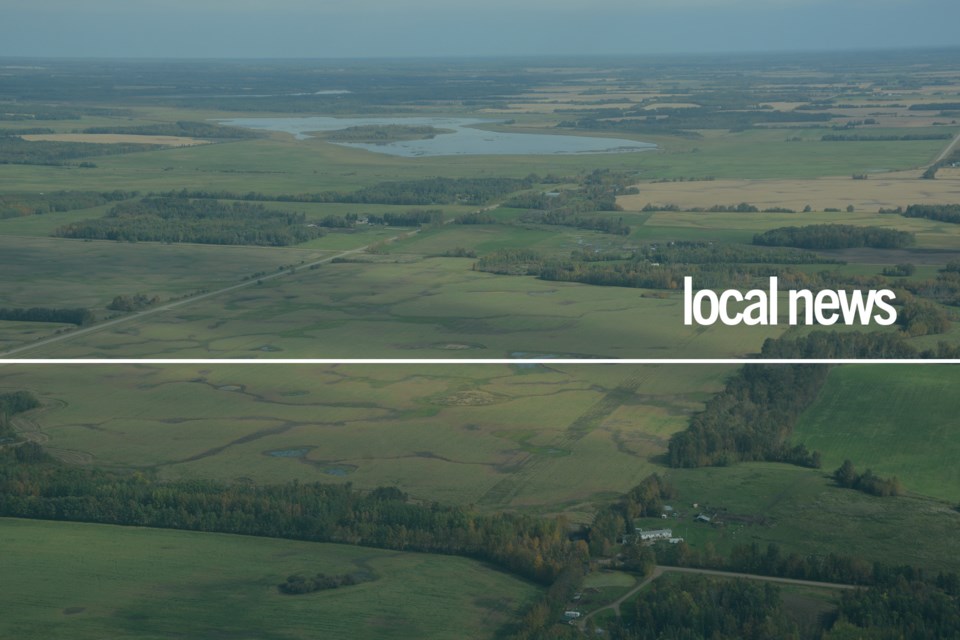STONEY LAKE - Blue-green algae has been identified in the waters of Stoney Lake, which is located in the County of St. Paul.
On June 20, Alberta Health Services released a health advisory, asking people to avoid contact with cyanobacteria blooms. Other precautions include not swimming or wading near the algae, and also not allowing pets to swim near the algae.
"Do not feed whole fish or fish trimmings from this lake to your pets," according to AHS. And, "Consider limiting human consumption of whole fish and fish trimmings from this lake, as it is known that fish may store toxins in their liver. People can safely consume fish fillets from this lake."
Visitors and residents are reminded to never drink or cook with untreated water directly from any recreational body of water, including Stoney Lake, at any time, according to AHS. Boiling water will not remove the toxins produced by cyanobacteria.
"Cyanobacteria is naturally occurring and often becomes visible when weather conditions are calm. Appearing like scum, grass clippings, fuzz or globs on the surface of water, cyanobacteria can be blue-green, greenish-brown, brown and/or pinkish-red, and often smell musty or grassy," says AHS.
Symptoms of coming in contact with blue-green algae include skin irritation, rash, sore throat, sore red eyes, swollen lips, fever, nausea and vomiting and/or diarrhea.
"Symptoms usually appear within one to three hours and resolve in one to two days. Symptoms in children are often more pronounced; however, all humans are at risk of these symptoms. Exposure to the bacteria may be fatal to pets," according to AHS.
The advisory is in effect until further notice.



